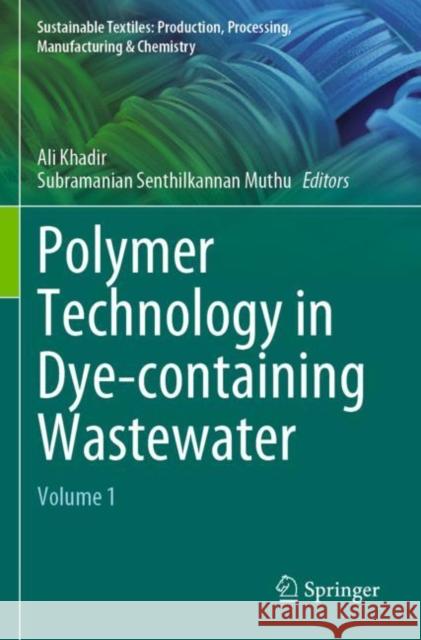Polymer Technology in Dye-Containing Wastewater: Volume 1 » książka
topmenu
Polymer Technology in Dye-Containing Wastewater: Volume 1
ISBN-13: 9789811915185 / Angielski
Polymer Technology in Dye-Containing Wastewater: Volume 1
ISBN-13: 9789811915185 / Angielski
cena 342,14
(netto: 325,85 VAT: 5%)
Najniższa cena z 30 dni: 327,68
(netto: 325,85 VAT: 5%)
Najniższa cena z 30 dni: 327,68
Termin realizacji zamówienia:
ok. 22 dni roboczych
Dostawa w 2026 r.
ok. 22 dni roboczych
Dostawa w 2026 r.
Darmowa dostawa!
Kategorie:
Kategorie BISAC:
Wydawca:
Springer
Seria wydawnicza:
Język:
Angielski
ISBN-13:
9789811915185











